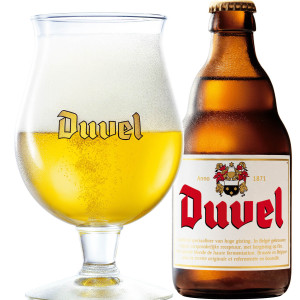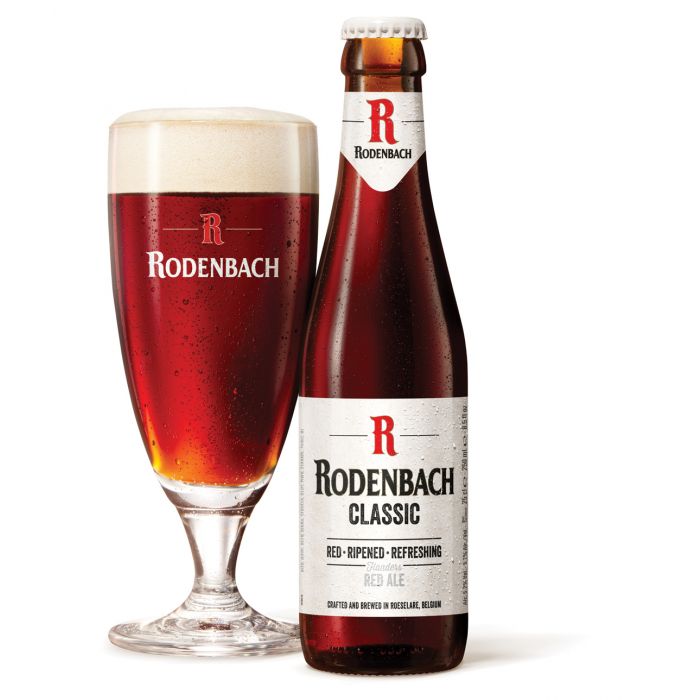Belgian beers 🍻
Pilsener

This type of beer is most commonly drunk in Belgium and is known as a
'pintje'. Pilsener is a golden colored bottom-fermented beer that was
first brewed by Josef Groll in the Czech city Pilsen.
Learn more
Amber ale

This beer is similar to the traditional pale ales of England. The
amber color of this beer is obtained by using amber malt during the
brewing process.
Learn more
Blonde ale

This is another variation on pale ale. Blonde ale or golden ale is
often made with pilsner malt which gives it a golden yellow color.
Duvel is the archetypal Belgian blonde ale, and one of the most
popular bottled beers in the country as well as being known
internationally.
Learn more
Wheat beer

Traditionally, wheat beer is made with a mixture of wheat and barley.
Before hops became widely available in Europe, beers were flavoured
with a mixture of herbs called gruit. In the later years of the Middle
Ages, hops were added to the gruit. That mixture continues today in
most Belgian white beers.
Learn more
Trappist beers

Beers brewed in Trappist monasteries are termed Trappist beers. For a
beer to qualify for Trappist certification, the brewery must be in a
monastery, the monks must play a role in its production and the
policies and the profits from the sale must be used to support the
monastery or social programs outside.
Learn more
Flemish red

Typified by Rodenbach, the eponymous brand that started this type over
a century ago, this beer's distinguishing features from a technical
viewpoint are a specially roasted malt, fermentation by a mixture of
several 'ordinary' top-fermenting yeasts and a lactobacillus culture
and maturation in oak. The result is a mildly strong 'drinking' beer
with a deep reddish-brown colour and a distinctly acidic, sour yet
fruity and mouthy taste.
Learn more
Lambic

Lambic is a wheat beer brewed in the Pajottenland region of Belgium by
spontaneous fermentation. Most modern beers are fermented by carefully
cultivated strains of brewer's yeasts; Lambic's fermentation, however,
is produced by exposure to the wild yeasts and bacteria that are said
to be native to the Zenne valley, in which Brussels lies. The beer
then undergoes a long aging period ranging from three to six months to
two or three years for mature. It is this unusual process which gives
the beer its distinctive flavour: dry, vinous, and cidery, with a
slightly sour aftertaste.
Learn more